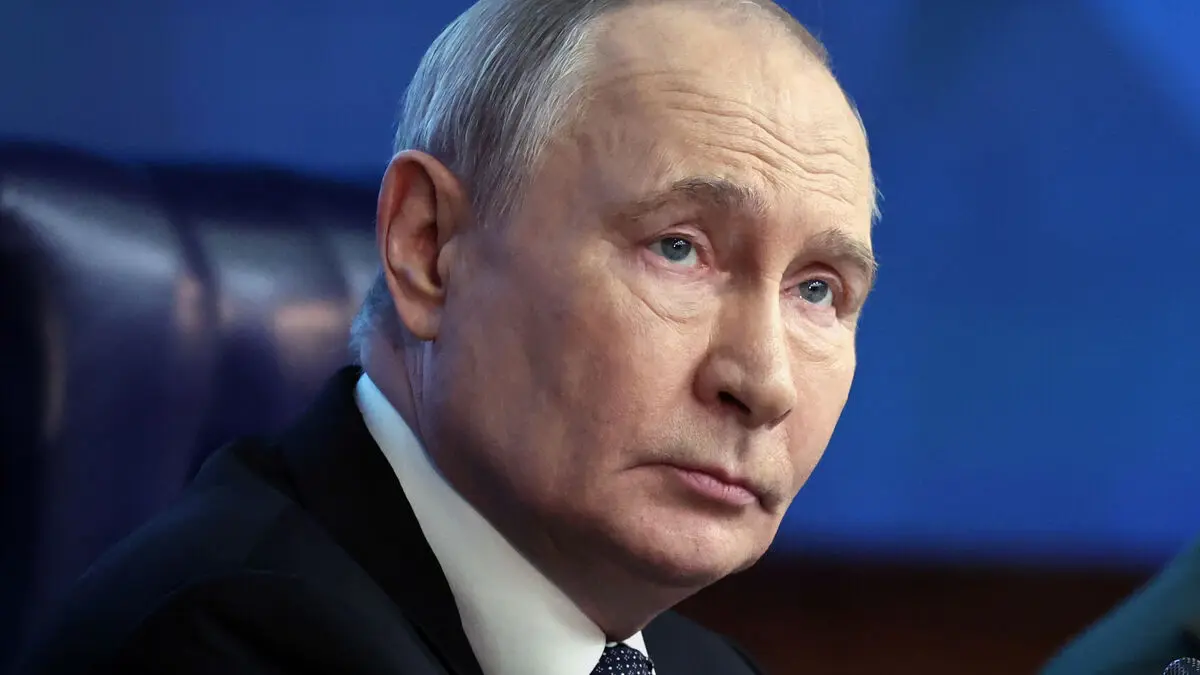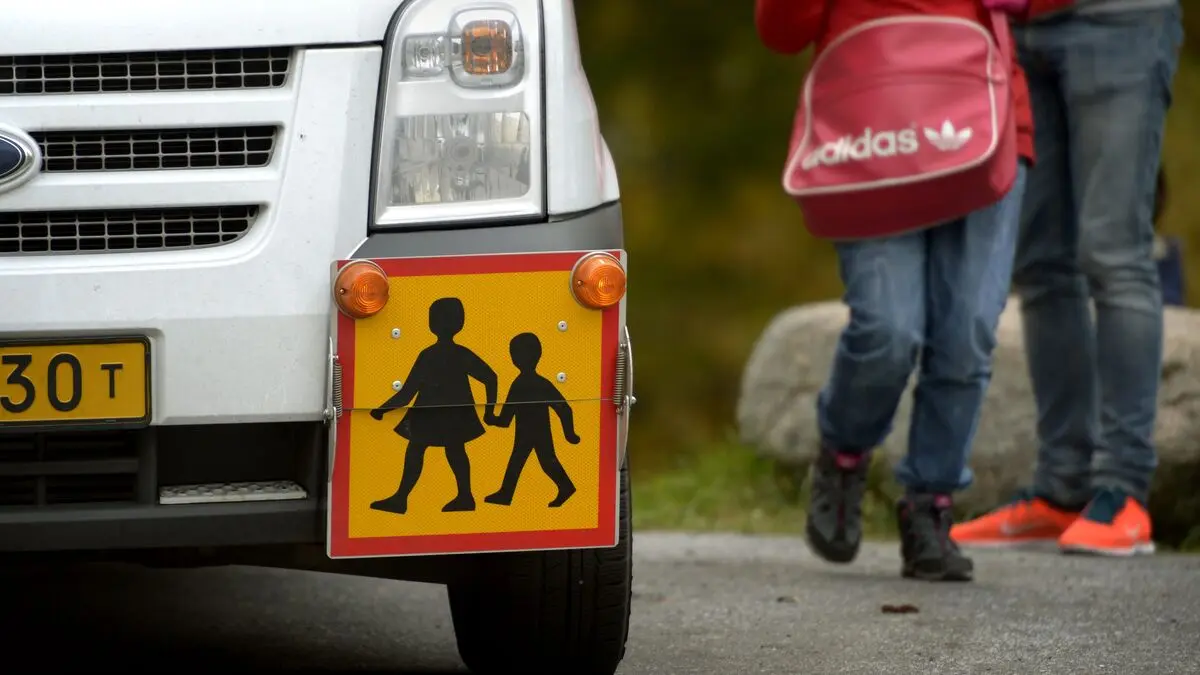Late on Sunday afternoon, the Israeli military announces that it is again attacking the Gaza Strip.
"In response to the blatant violations of the ceasefire agreement earlier today, the IDF has launched a series of attacks on Hamas terrorist targets in southern Gaza," it says in a post on X.
The attacks follow earlier Israeli air strikes during the morning. According to the civil defense in Gaza, at least 15 people have been killed on Sunday.
Israel claims that the reason is that fighters from the terrorist-stamped Hamas have fired grenades and used snipers in areas still controlled by the Israeli military in accordance with the initial phase of the ceasefire agreement.
In a post on the X platform, the Israeli military writes that it is now attacking targets in the area to eliminate the threat from terrorists and to destroy the tunnels they use. Prime Minister Benjamin Netanyahu uses similar rhetoric when he orders "strong measures against terrorist targets" in Gaza.
The Israeli TV channel Keshet 12 writes that "terrorists" have shot at an engineering vehicle in Rafah, in southern Gaza, and that this led to two air strikes.
Hamas, in turn, accuses Israel of, among other things, supporting rival groups that carry out attacks in Gaza. In a statement, Hamas says that the group intends to follow the ceasefire agreement and is not aware of any clashes in Rafah.
"Precarious" plan
Anders Persson, associate professor and researcher at Linnaeus University, says that the development shows how precarious US President Donald Trump's peace plan is. Whether it was Hamas or another group in Gaza that was behind the attack on the Israeli soldiers is difficult to know, since no one has yet taken responsibility for it, says Persson.
If it is tunnels that are being used and if there are several militants involved, it suggests that it is some organized group, he says.
But it doesn't have to be Hamas centrally. In this type of post-conflict society, there is chaos and a vacuum, and many people are running around with weapons.
Persson does not believe that the ceasefire has been broken despite Sunday's events:
No, absolutely not. It has been a bumpy ride since the ceasefire was signed. It has lasted for a week. This will probably be a dramatic process with two steps forward, one step back, or two steps back and one step forward.
Important transition
Rafah in southern Gaza, where the violation is said to have occurred, has been in focus in recent days. There is a border crossing with Egypt that is crucial for getting aid to Gaza's suffering civilian population and for getting in machines and tools needed to find remains in the war-torn area.
Over the weekend, Israel announced that the border crossing would be closed until all remains of the hostages that Hamas took in the war-triggering attack on October 7, 2023, have been returned.





